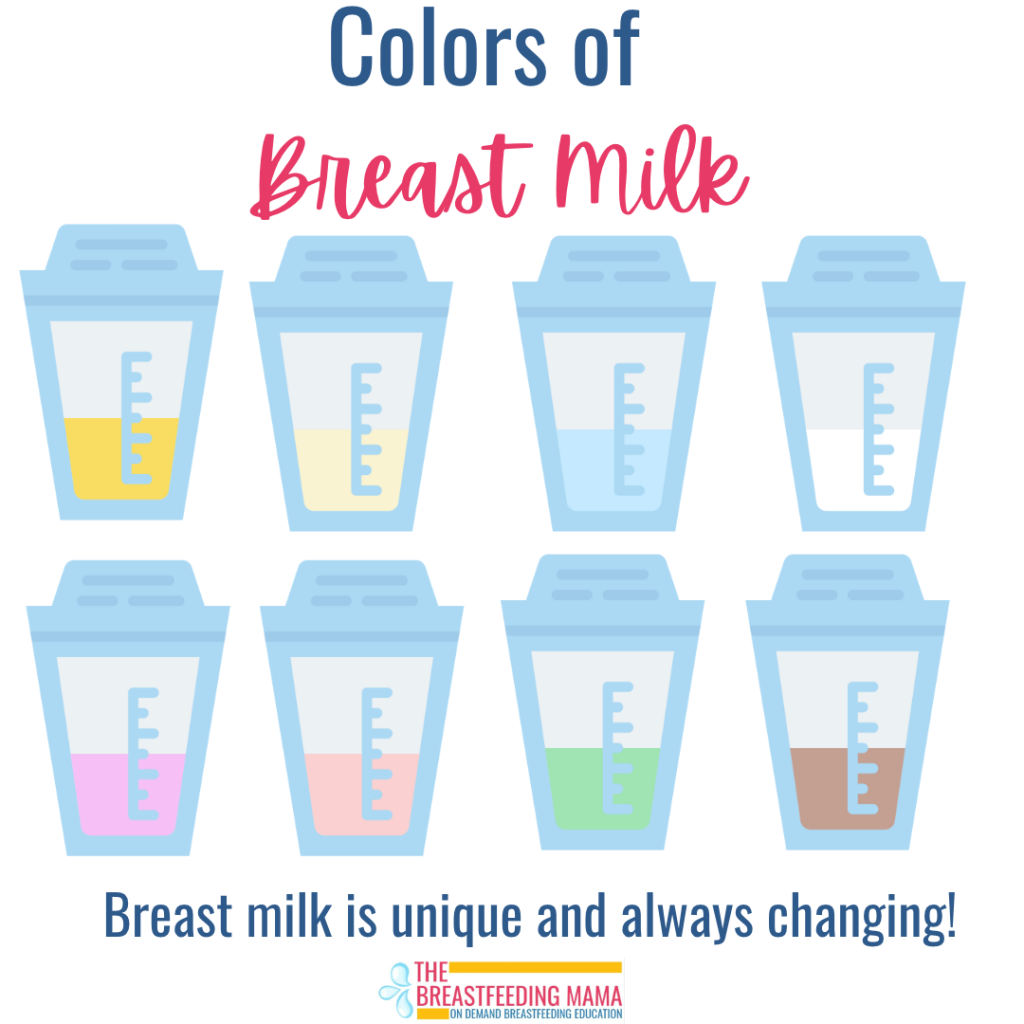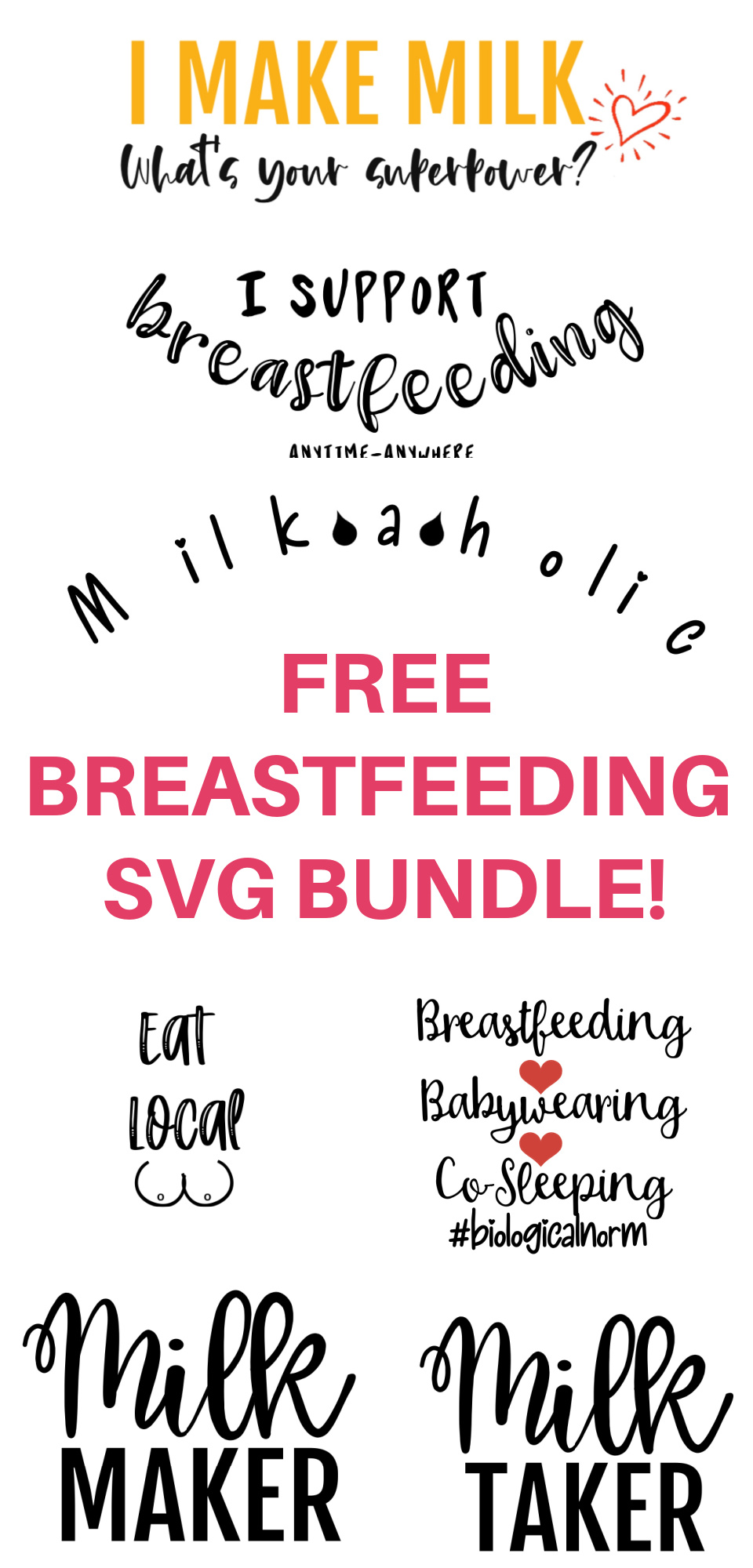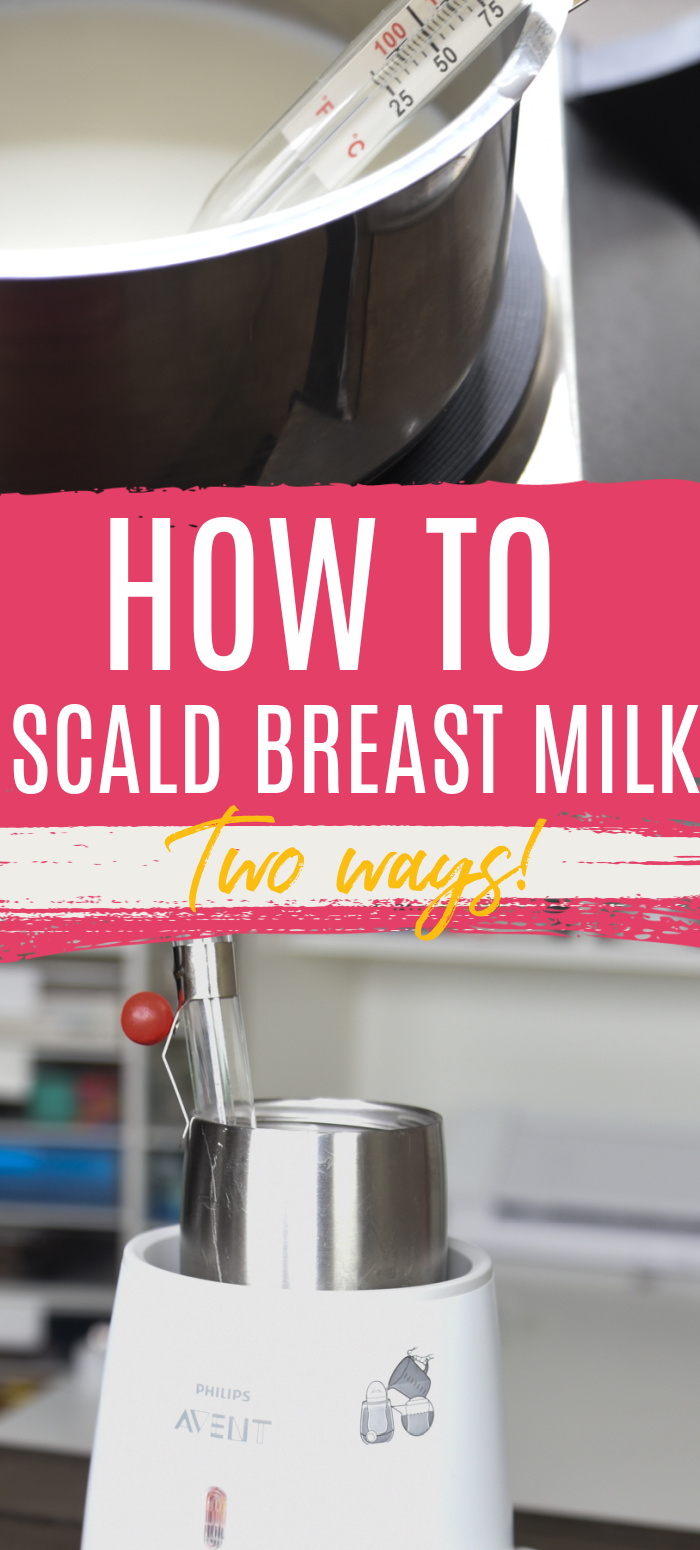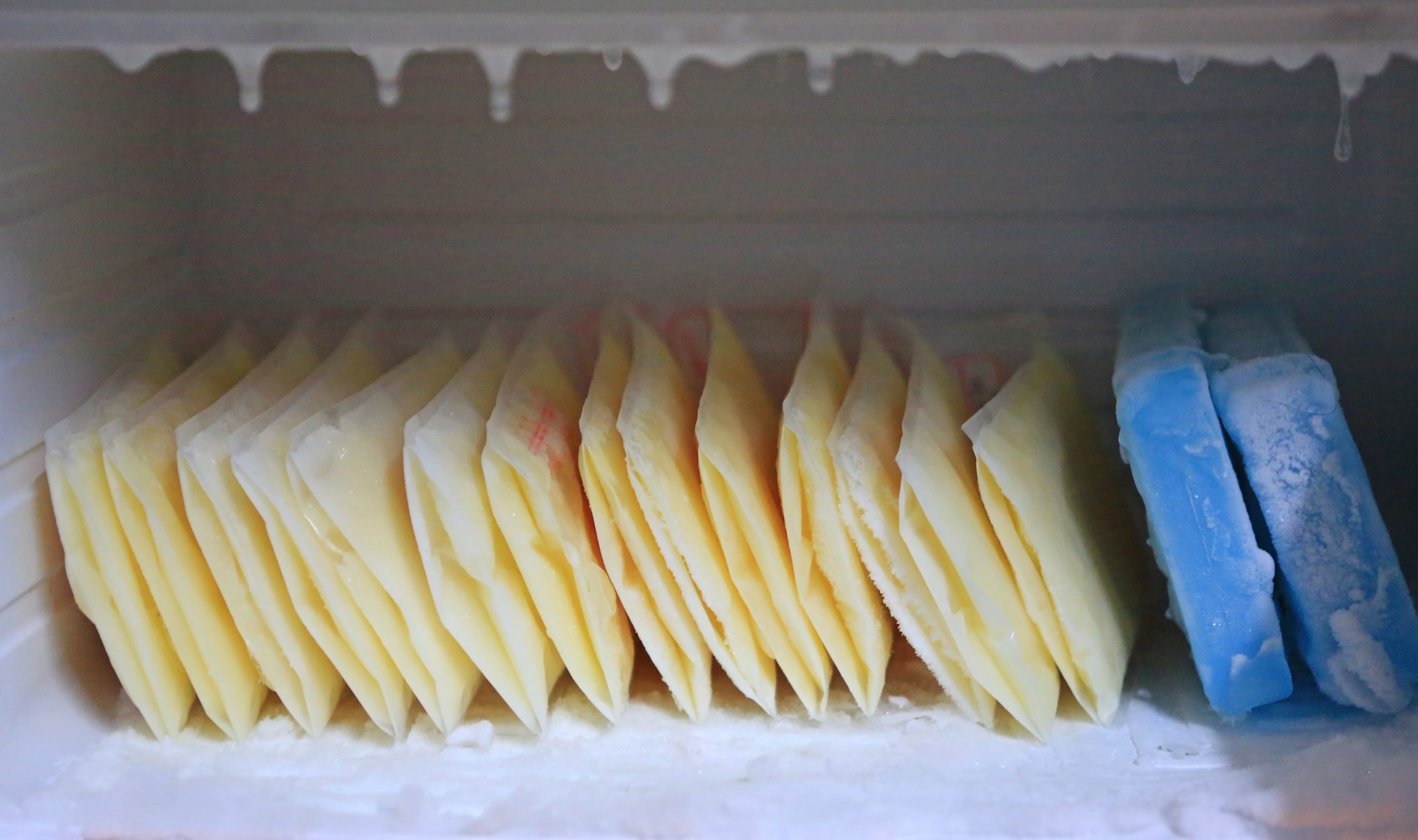While breast milk is typically white or slightly bluish, it can come in a range of colors depending on various factors. In this article, I will explore the different colors of breast milk and what they mean.
Key Takeaways
- Breast milk can come in a range of colors depending on various factors such as diet, illness, supplements, and just normal variations in the stages of breast milk.
- Some colors are normal, while others may indicate a potential issue that requires medical attention.
- Understanding breast milk and its color variations can help new mothers feel more confident about breastfeeding.
Color Variations in Breast Milk

Understanding breast milk and its color variations can help you feel more confident about breastfeeding and alleviate any concerns they may have about the appearance of their milk. Factors such as diet, medication, and even the time of day can influence the color of breast milk.
Here are some of the color variations you may observe – and why they might be.
Blue Tinge
Sometimes, breast milk can have a blue tinge to it. This is a normal variation. THe reason for this has been attributed to the casein in breast milk, while others claim it’s due to light reflecting off the breast milk
Green
There are many reasons why breast milk might turn green. Many mothers report seeing this when their child is sick, after drinking something with blue or green food dye, or even consuming leafy greens.
If you notice any green that looks like mold, that is a good sign that you should toss it out to ensure your baby isn’t drinking bad breast milk.
White or Creamy
Breast milk can also appear white or creamy, especially if the mother has been breastfeeding for a while. This is due to the high-fat content in the milk.
Yellow or Gold
Breast milk can also have a yellow or gold color, especially if the mother has been breastfeeding for a while. This is due to the presence of Carotenoids, which is found in many yellow and orange fruits and vegetables. Carotenoids tend to be higher in colostrum, which is why colostrum tends to be more yellow-tinged.
Pink
Sometimes, breast milk can be pink in color. This is usually due to the presence of blood in the milk, which can be caused by cracked or sore nipples. However, it may also be due to Serratia marcescens. This typically happens after breast milk has been expressed (so you’ll see a more normal-colored breast milk that turns pink after a while). If this happens, definitely contact your care provider.
Red
If your breast milk is red, it’s likely due to blood. This can occur if there is damage to the nipples or capillaries in the breast. It typically is not cause for concern if you can identify the culprit.
Factors Influencing Breast Milk Color
Breast milk color can vary from mother to mother and even from feeding to feeding. Several factors can influence the color of breast milk. In this section, I will discuss some of the most common factors that can affect the color of breast milk.
Stage of Breast Milk
Breast milk has different stages, and these stages can vary in color.
Colostrum
Colostrum is the first milk produced by the mother’s mammary glands after giving birth. It is thick, yellowish, and sticky. Colostrum is rich in antibodies and nutrients that help protect the newborn from infections and diseases.
Transitional Milk
Transitional milk is produced between colostrum and mature milk. It is thinner and more watery than colostrum, and its color can range from yellow to orange.
Mature Milk
Mature milk is produced after the first few weeks of breastfeeding. It is thinner than colostrum and transitional milk, and its color can vary from white to yellow to blue-tinged.
Diet
A mother’s diet can have a significant impact on the color of her breast milk. For example, consuming foods with high levels of beta-carotene, such as carrots or sweet potatoes, can cause breast milk to have a yellow or orange tint. Similarly, consuming foods with high levels of chlorophyll, such as leafy greens, can cause breast milk to have a green tint.
Medication
Certain medications can also affect the color of breast milk. For example, iron supplements or prenatal vitamins with iron can cause breast milk to have a greenish tint. Additionally, some antibiotics or antihistamines can cause breast milk to have a bluish tint.
Dehydration
Dehydration can also impact the color of breast milk. When a mother is dehydrated, her breast milk may appear more concentrated, which can cause it to have a yellowish tint.
Mastitis
Mastitis, an infection of the breast tissue, can also affect the color of breast milk. When a mother has mastitis, her breast milk may appear more yellow or even brownish in color. It may also have a thicker consistency and a sour taste.
Overall, it is important to remember that breast milk color can vary and is not necessarily a cause for concern. However, if you notice any sudden changes in the color of your breast milk or experience any other unusual symptoms, it is always best to consult with your healthcare provider.







